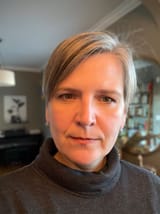The 20 Year Saga Of The Still Empty Culver El Affordable Condos
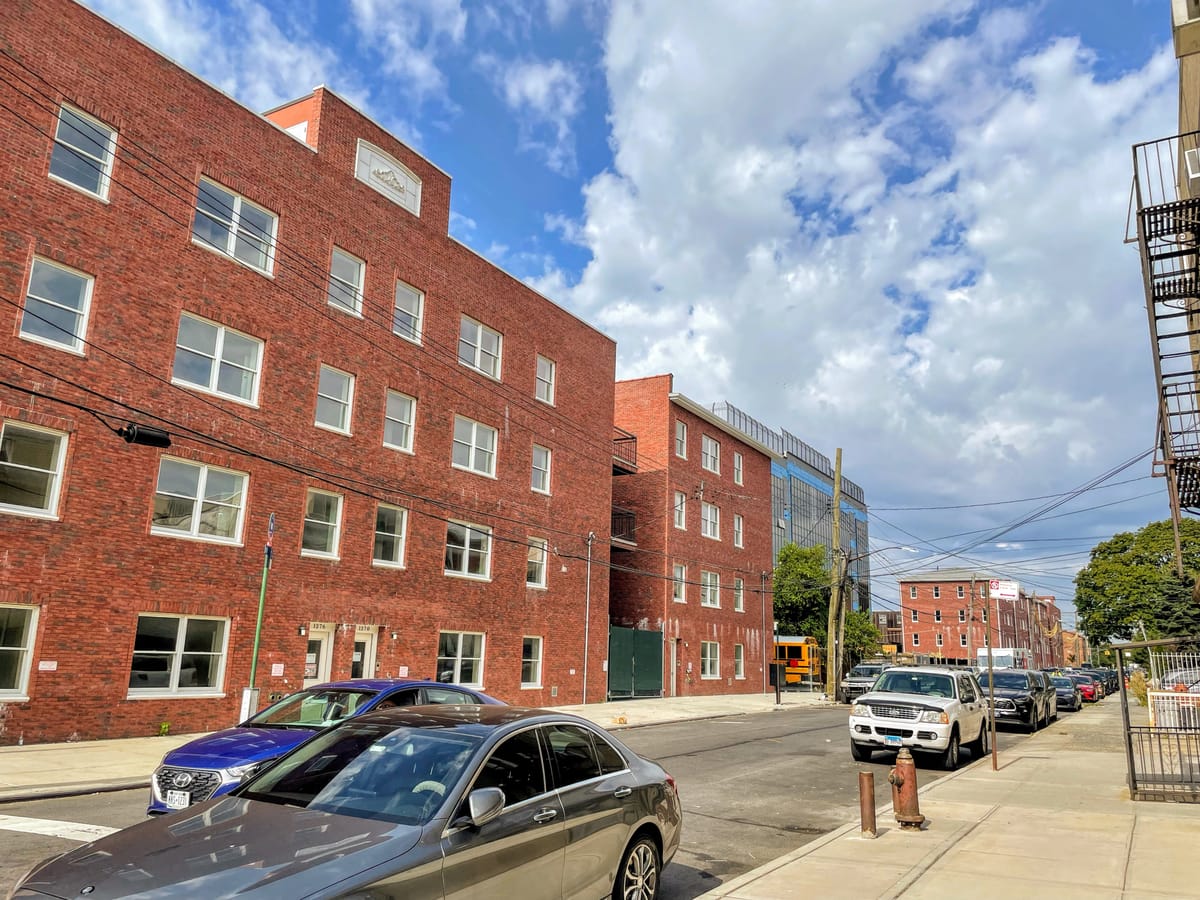
The Culver El Affordable Housing Project on 37th Street has been almost 20 years in the making and so far has resulted in exactly zero affordable housing units. Yes, 36 of the 68 large affordable condo units have been constructed, but they are all still sitting empty more than two years after being completed, despite the city facing the worst housing crisis in decades.
It is no longer clear when exactly the Southern Brooklyn Community Organization (SBCO) first approached the city with a proposal to build affordable housing on the 30’, City-owned strip of land where the Culver El used to be, from 12th Avenue to 14th Avenue along 37th street in Borough Park. But by April of 2005, then-Mayor Michael Bloomberg had publicly announced his intention to transfer the Culver El strip to SBCO for affordable housing.
This required selling City-owned land to SBCO and rezoning the property to allow residential development, among others. In the end, NYC Planning Department decided it made more sense to rezone a roughly eight-block area from manufacturing to a mixed-use residential district. The rezoning was finally approved on October 27, 2010.
While back in 2010 the area was dominated by the Pergament/Bergament Department Store, auto repair shops, manufacturers of religious goods, and warehouses, there has been quite a bit of development since.
Several large new religious schools have been built or are under construction. There is a new storage facility and a large appliance store. And then, there are the nine empty new residential buildings developed under the Culver El Affordable Housing Project.
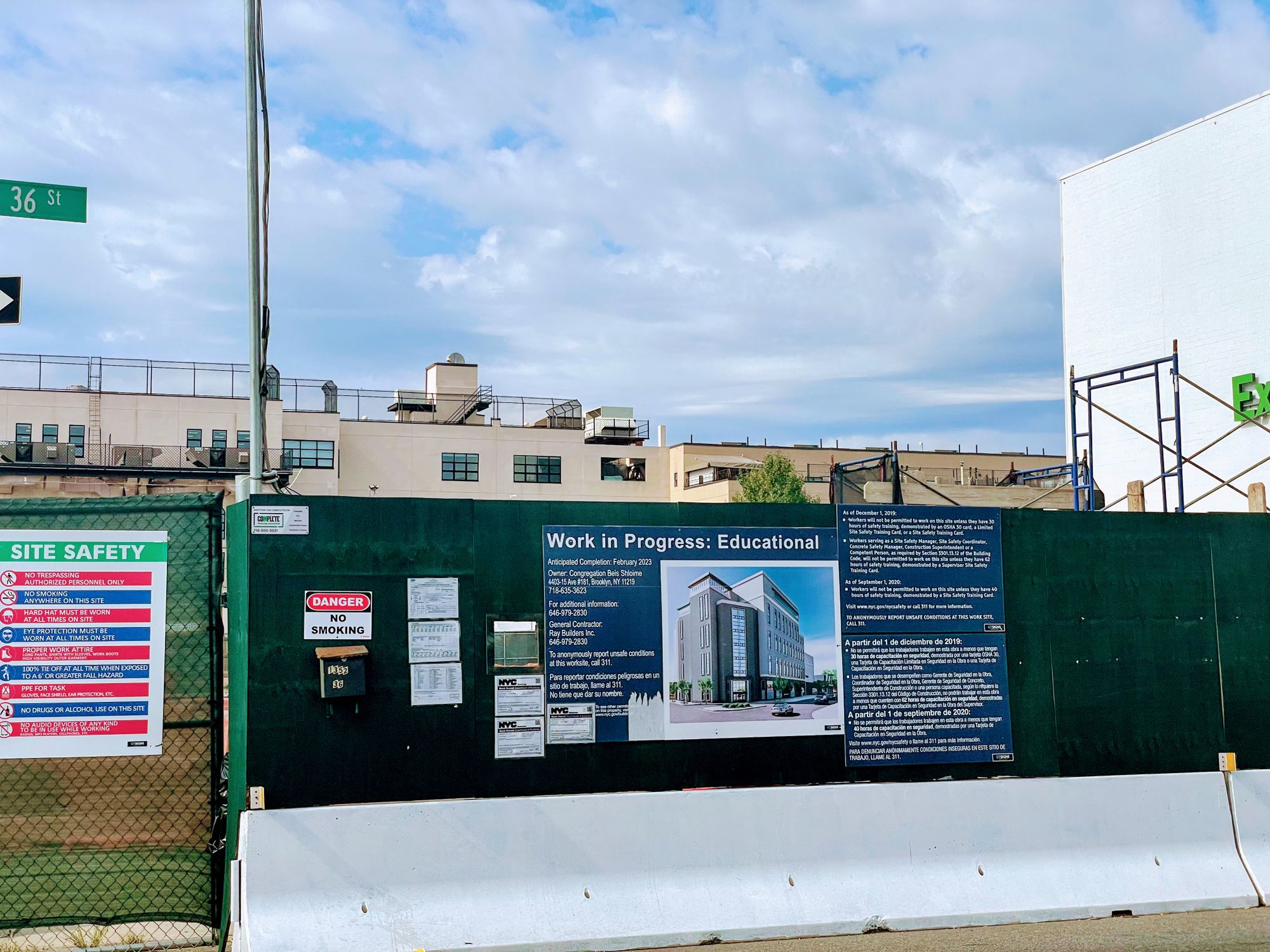
While most affordable housing in NYC consists of subsidized rental apartments, now and then there are opportunities for affordable homeownership. Qualifying buyers are selected through a lottery and get help from the city to acquire the properties. In cases where city land subsidy is involved, the homeowners are subject to additional conditions on the resale of their property.
In the case of Culver El Condos, there are income restrictions on who can buy the units initially and how much of the housing subsidy they have to repay if they sell and move.
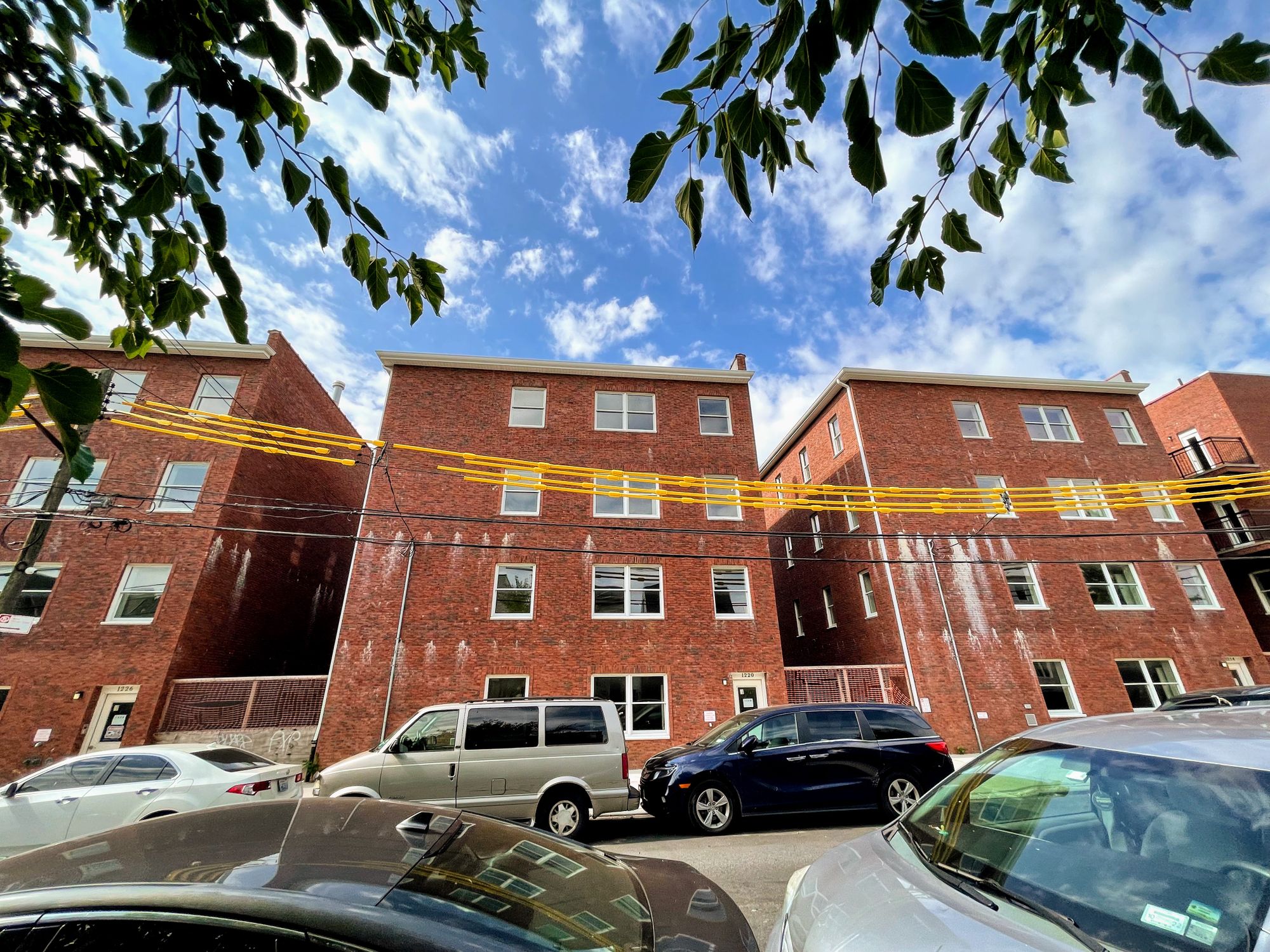
From the beginning, the condo units aimed to serve large families with very limited housing options in Brooklyn. The original plan called for 65 4-bedroom units and three 5-bedroom units across 17 buildings to be developed in two phases. Phase 1 ended up building 16 three-bedroom and 20 four-bedroom units.
“As you know, there are many large families in our area, in the Orthodox Jewish, Bangladeshi, Mexican, and other communities,” Councilmember Brad Lander told me in early 2010 when I asked him about the project.
The project has been plagued with delays from the beginning. Even though rezoning was finally approved in 2010, construction did not start until November 2014. It took another six years to finish the first nine four-story buildings, but they were completed in April 2019, according to filings.
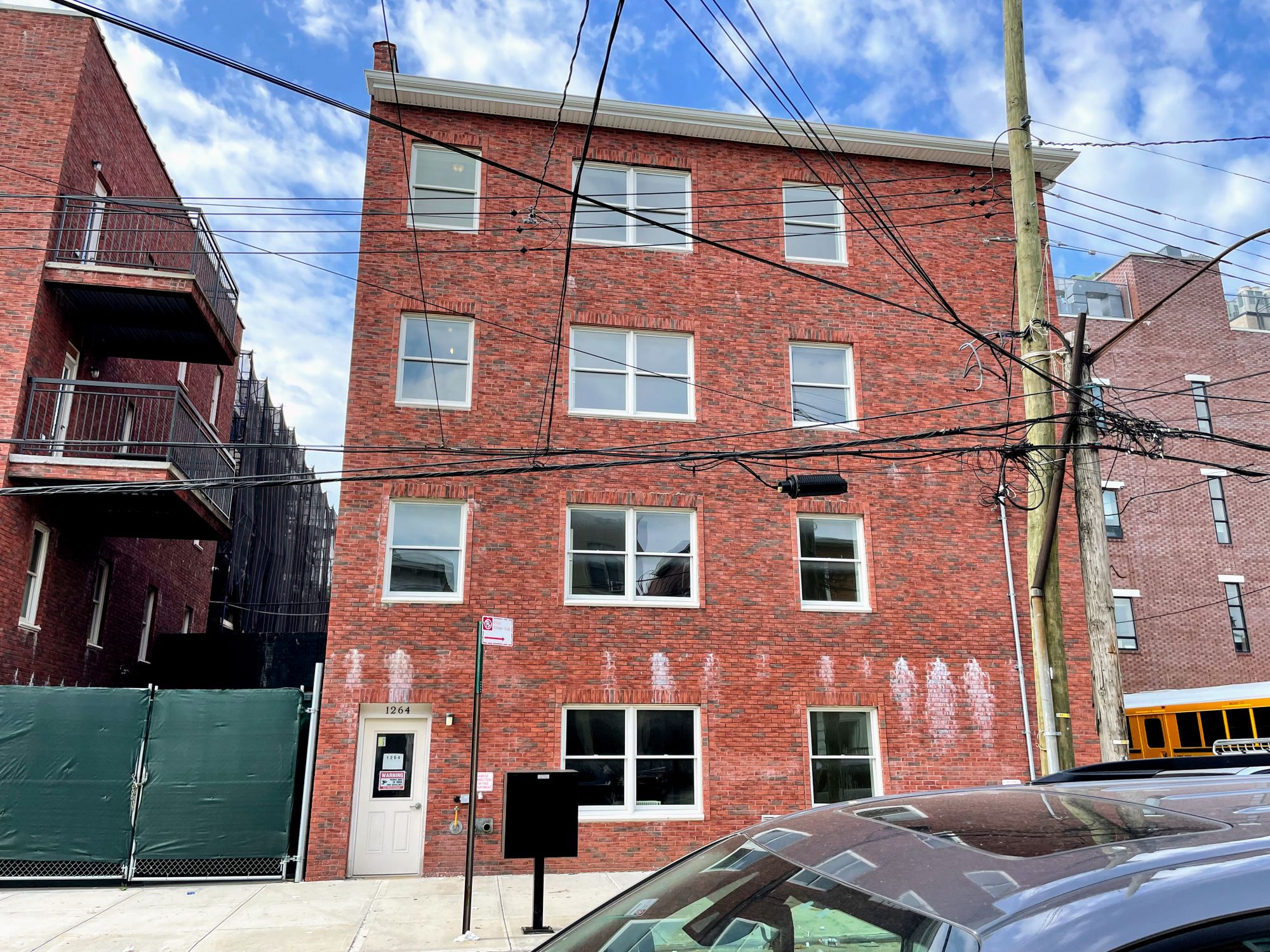
SBCO began accepting applications for the lottery for the first 36 affordable Culver El affordable housing condos in 2018. The three-bedroom units allow three to seven people per unit, with an annual income range between $77,800 thousand to $142,340 thousand. The four-bedroom units allow four to nine people, with an annual income range between $92,250 thousand to $160,600 thousand.
Applications closed for Culver El in 2019 and just 1,100 people had applied, we reported last December when we looked into why the units were still empty a year after being finished.
Back then, Jeremy House from HPD told Bklyner that the hold-up on moving people into the condos was due to the need for the Attorney General’s office to approve the Offering Plan. Following approval, HPD would review applicant eligibility, and we can “expect move-ins in the coming months,” House said.
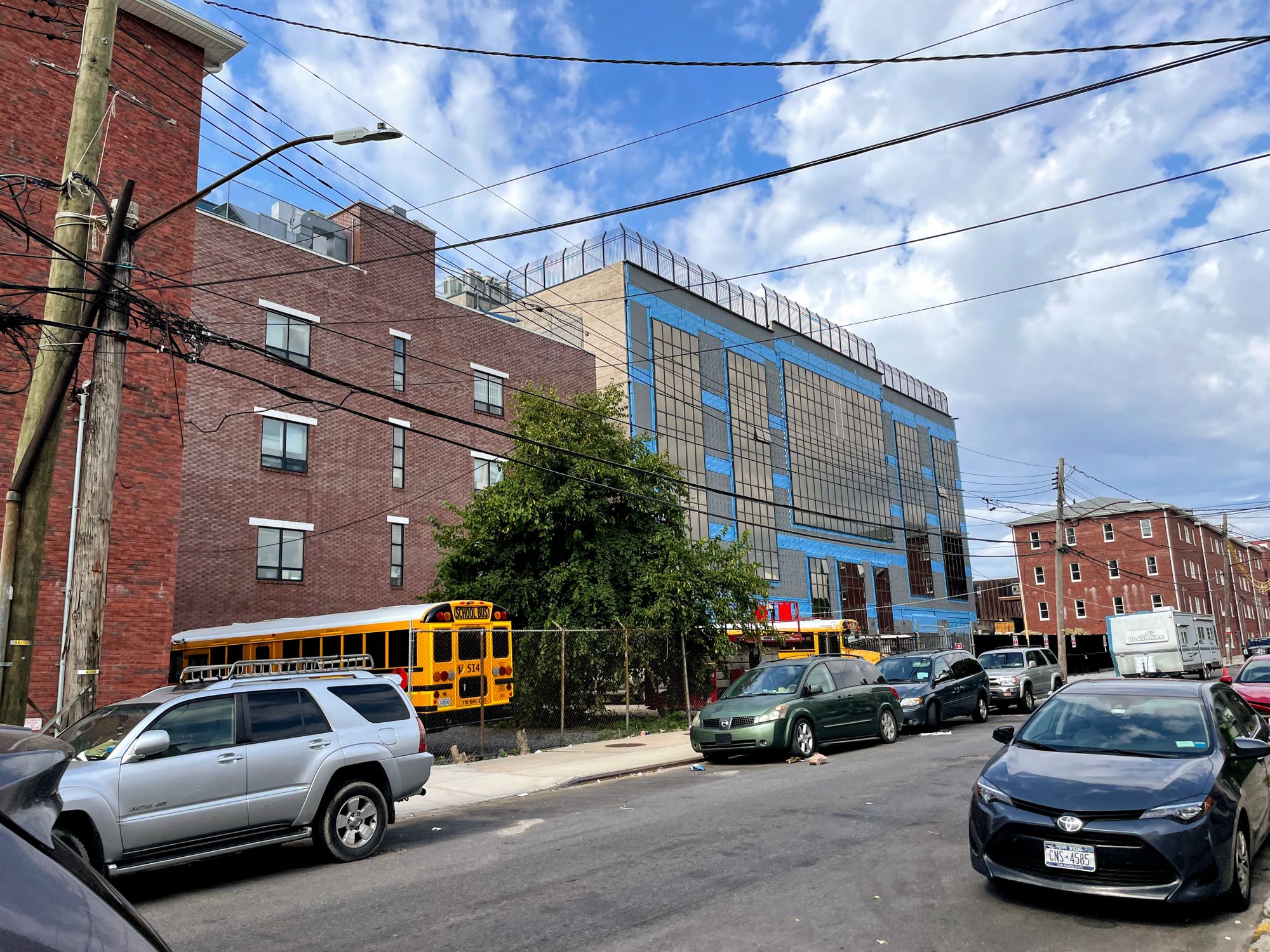
However, AG’s Office pushed back, saying that the paperwork they had received was not accurate. Now, it seems it’s back in the hands of HPD.
“The First Amendment to this plan was accepted for filing on September 3, 2021, and the plan was accepted back in March,” Morgan Rubin, First Deputy Press Secretary for Attorney General James, emailed yesterday.
HPD says that pre-sales began after the Offering Plan acceptance and that, as of today, a significant majority of the units have approved buyers and are under contract.
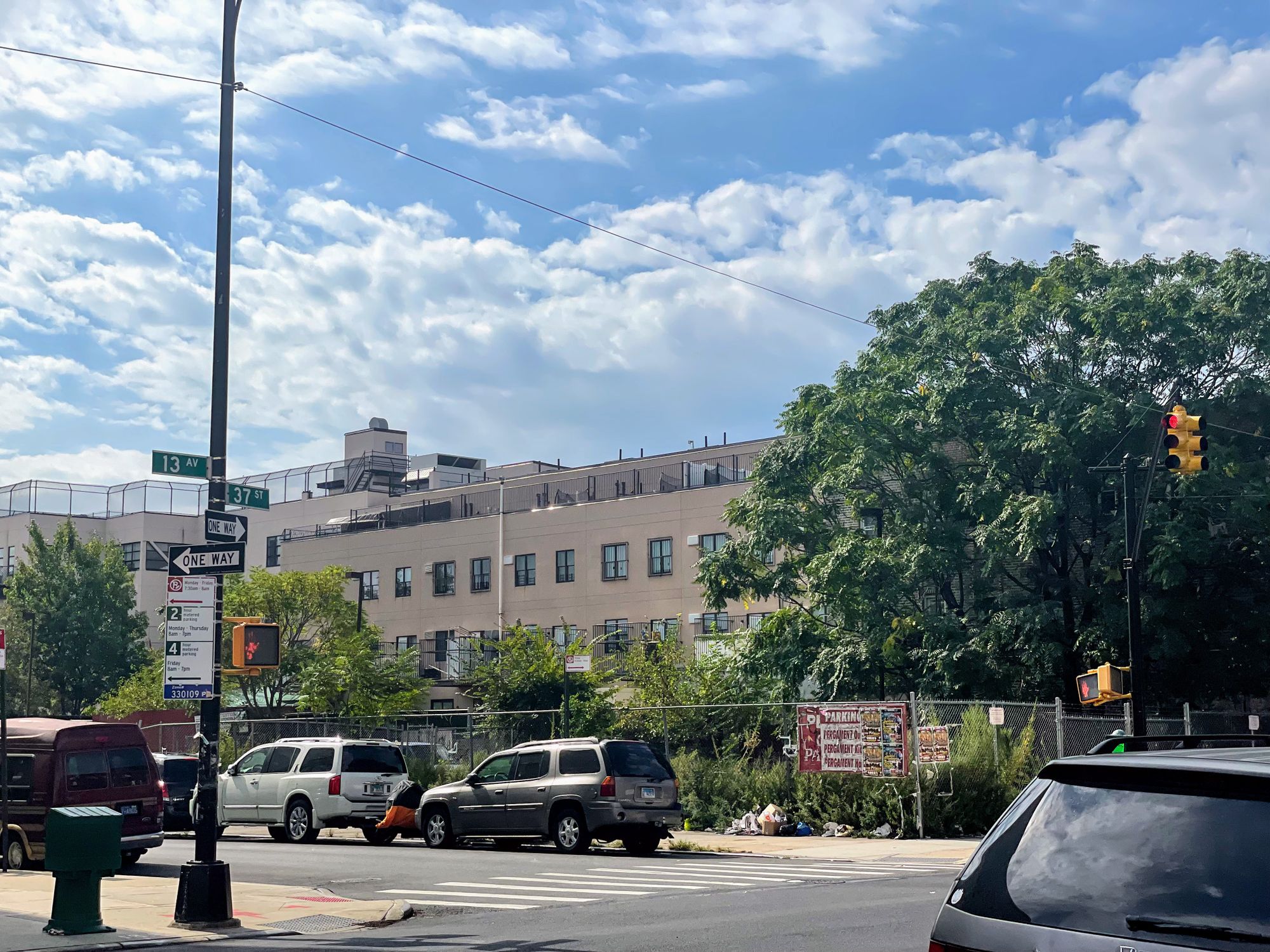
Hopefully, that means that soon large families will be filling the apartments that have been sitting empty for way too long.
But phase two ... right now, the spot where the remaining buildings were to be built is an overgrown parking lot.
In the meantime, the need for affordable housing continues to skyrocket, and I wonder if projects like this is the best way forward. Should there be another look at what happened here and maybe instead of four-story condos, phase 2 could be developed as a much taller development with large, affordable rentals, developed in a year or two, rather than 20.

